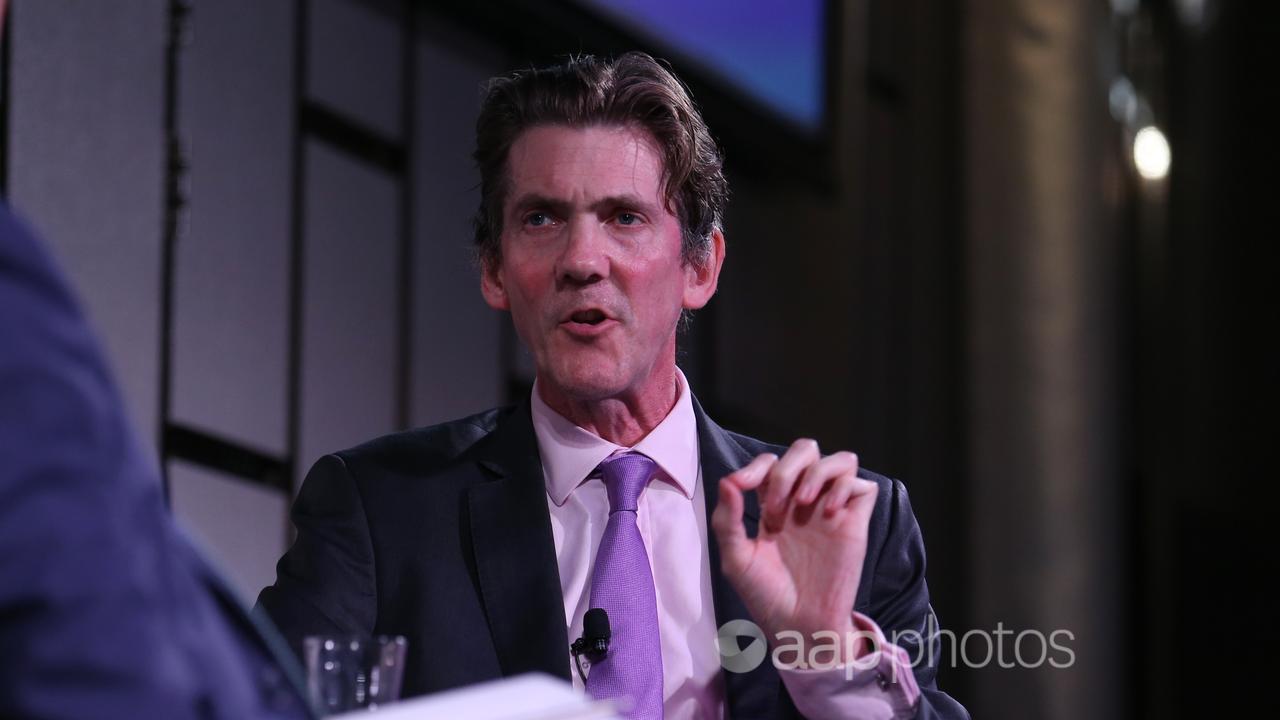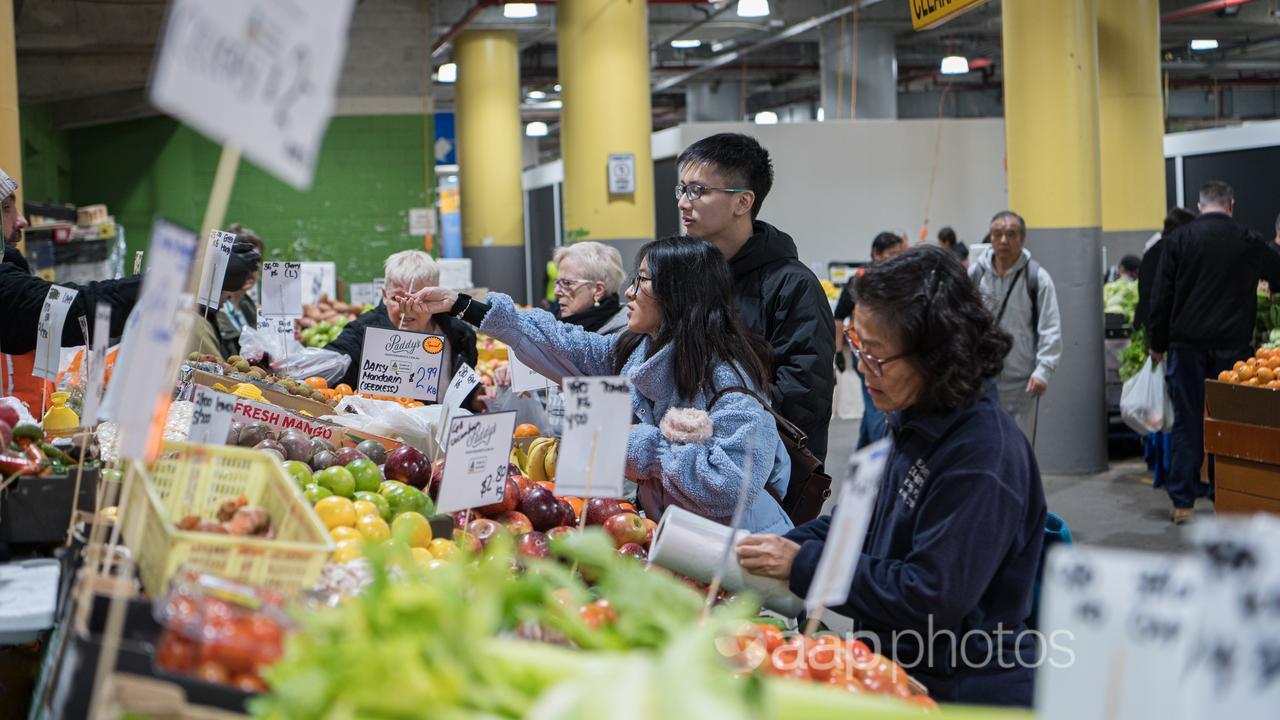A pick-up in the monthly inflation indicator had not gone unnoticed by Reserve Bank of Australia deputy governor Andrew Hauser, who says there is more economic data to absorb before the next interest rate meeting.
“It will be a bad mistake to set policy on the basis of one number and we don’t intend to do that,” he said after a speech at the Citi A50 Australian Economic Forum in Sydney on Thursday.
“There’s a whole series of data coming out between now and when we meet in August.”

Wednesday’s inflation result prompted investors to ramp up their rate rise bets and spurred several economists to change their interest figure forecasts.
The four per cent rise in the 12 months to May took annual inflation to its highest reading in six months and was above consensus forecasts of 3.8 per cent.
But between now and then next interest rate meeting in August, the board would also get the more comprehensive quarterly inflation numbers, as well as statistics on jobs, retail and business conditions, Mr Hauser said.
He stepped through three key elements in the statement from the last interest rate meeting in June.

“Inflation remains above target and is proving persistent, the outlook remains highly uncertain, and returning inflation to target is the priority,” he said on Thursday.
“And all three of those things were true a month ago and they are true now.”
Asked about persistent services inflation, the deputy governor said Australia was not alone, with other countries struggling to make progress on the price of services.
Stalled progress on reining in prices also has the federal government defending its budget strategy from suggestions it could add more fuel to the inflationary fire.
On Thursday, Treasurer Jim Chalmers said his government was on track to deliver a second surplus, which would weigh on consumer prices.
“But if those opposite want to say that spending in the budget is the primary determinant of inflation, then no wonder they left us with inflation much higher than it is now,” he said in parliament.
Budget measures starting from July 1 – including energy bill relief – are expected to feed through to the consumer price index, though the RBA has said it plans to “look through” these temporary reductions.
The opposition says the government is leaving the central bank to do all the heavy lifting on inflation.
Shadow treasurer Angus Taylor said Labor had delivered “three failed budgets” that was keeping pressure on the RBA to keep rates higher for longer, or possible even to hike.
“There is no relief in sight for struggling families,” Mr Taylor said in parliament.
Fresh job vacancy data from the Australian Bureau of Statistics showed the number of open roles down again in May.
Job vacancies were 2.7 per cent lower in May than in February, with the total number standing at 353,000, compared to the number of unemployed of 599,000.
The volume of open roles on offer have been steadily declining from peak levels in mid-2022, Thursday’s job vacancy data showed, as global headwinds and higher interest rates buffet the economy.
Yet ABS head of labour statistics Bjorn Jarvis said vacancies were still well above their pre-COVID-19 pandemic levels, with around 55 per cent more vacancies than in February 2020.



















